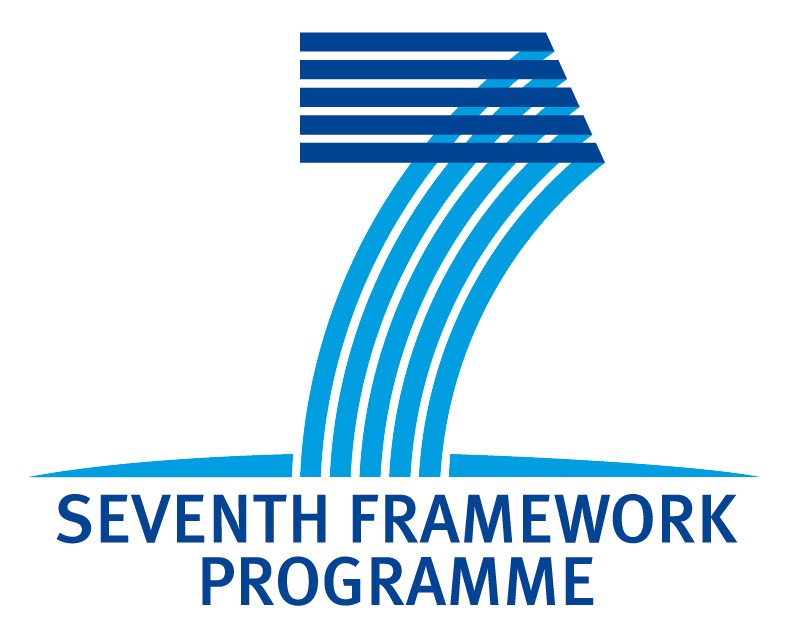

WELCOME
TO THE EUROPEAN
PROJECT MARISE WEB SITE
TO THE EUROPEAN
PROJECT MARISE WEB SITE



Assessment of final objectives
The final objective of MARISE is the demonstration of high sensitivity and large bandwidth photoreceivers using innovative engineered APD components for 10Gb/s and beyond (40Gb/s,...) PON/WDM-PON and single photon detection with SPAD for use in secure communications. Two technologies are today identified as the most promising for next generation access networks: 10G-EPON and 10G-PON which should be deployed with present 1G-PON to support high speed internet requiring therefore dual-rate operation. Symmetric 10G-EPONs (IEEE 802.3av) were standardised in Sept. 2009 by the IEEE EPON community and symmetric 10G-PONs (XG-PON2) are currently under investigation within the FSAN study group and ITU-T (Q2/15). MARISE was aim at the design of a 10Gb/s APD-TIA with high receiver sensitivity and a wide dynamic range. The project target becomes even more ambitious now, that is to demonstrate the full functional 10Gb/s burst-mode receiver (BM-Rx) performance in parallel with ITU-T/FSAN standardisation discussions. Beside the 10Gb/s APD-TIA being designed within MARISE, IMEC put extra efforts on top for the design of a most advanced 10G BM-LA (limiting amplifier) prototype, which is needed for the demonstration of the 10Gb/s BM-Rx for an XG-PON2 system, which is not demonstrated so far.
A second objective is to optimise a vertical APD structure design for quantum cryptography and 40Gb/s operation with clear breakthrough over state of the art.
Dissemination activities
MARISE has now been running for two years and the project already achieved major achievements which are publicised by partners. Undoubtedly, this trend is to continue and partners are eager to further disseminate the project results (see Publications section).
In addition two patents were filled by MARISE project partners:
1.“Circuit for end of burst detection”, Cedric Melange, Johan Bauwelinck, Xing-Zhi Qiu and Jan Vandewege, filed as EP 10157244, 22 March 2010.
“Device and Method for Signal Detection in a TDMA Network”, Johan Bauwelinck, Tine De Ridder, Cedric Mélange, Peter Ossieur, Bart Baekelandt, Xing-Zhi Qiu, Jan Vandewege, International published number WO 2009 065861 A2, 28 May 2009; and US Application Serial Number 12/680,011, Case No.: 07-1159-WO-US, March 25, 2010.
The final objective of MARISE is the demonstration of high sensitivity and large bandwidth photoreceivers using innovative engineered APD components for 10Gb/s and beyond (40Gb/s,...) PON/WDM-PON and single photon detection with SPAD for use in secure communications. Two technologies are today identified as the most promising for next generation access networks: 10G-EPON and 10G-PON which should be deployed with present 1G-PON to support high speed internet requiring therefore dual-rate operation. Symmetric 10G-EPONs (IEEE 802.3av) were standardised in Sept. 2009 by the IEEE EPON community and symmetric 10G-PONs (XG-PON2) are currently under investigation within the FSAN study group and ITU-T (Q2/15). MARISE was aim at the design of a 10Gb/s APD-TIA with high receiver sensitivity and a wide dynamic range. The project target becomes even more ambitious now, that is to demonstrate the full functional 10Gb/s burst-mode receiver (BM-Rx) performance in parallel with ITU-T/FSAN standardisation discussions. Beside the 10Gb/s APD-TIA being designed within MARISE, IMEC put extra efforts on top for the design of a most advanced 10G BM-LA (limiting amplifier) prototype, which is needed for the demonstration of the 10Gb/s BM-Rx for an XG-PON2 system, which is not demonstrated so far.
A second objective is to optimise a vertical APD structure design for quantum cryptography and 40Gb/s operation with clear breakthrough over state of the art.
Dissemination activities
MARISE has now been running for two years and the project already achieved major achievements which are publicised by partners. Undoubtedly, this trend is to continue and partners are eager to further disseminate the project results (see Publications section).
In addition two patents were filled by MARISE project partners:
1.“Circuit for end of burst detection”, Cedric Melange, Johan Bauwelinck, Xing-Zhi Qiu and Jan Vandewege, filed as EP 10157244, 22 March 2010.
“Device and Method for Signal Detection in a TDMA Network”, Johan Bauwelinck, Tine De Ridder, Cedric Mélange, Peter Ossieur, Bart Baekelandt, Xing-Zhi Qiu, Jan Vandewege, International published number WO 2009 065861 A2, 28 May 2009; and US Application Serial Number 12/680,011, Case No.: 07-1159-WO-US, March 25, 2010.